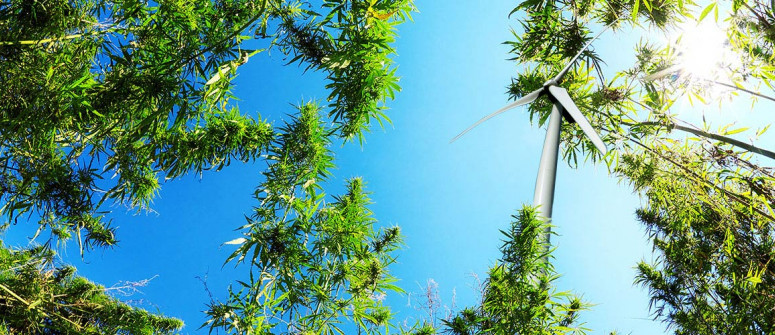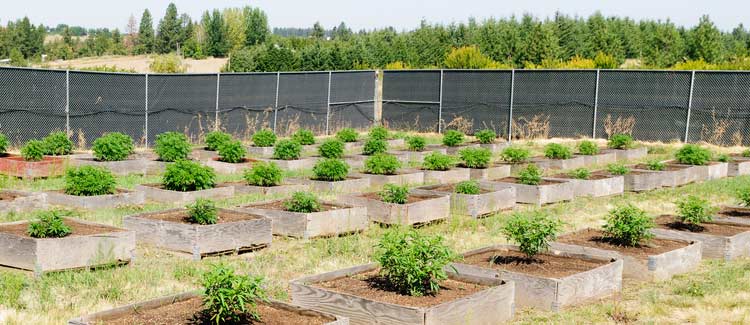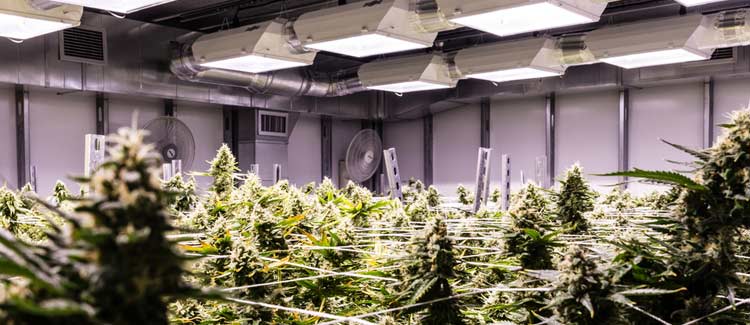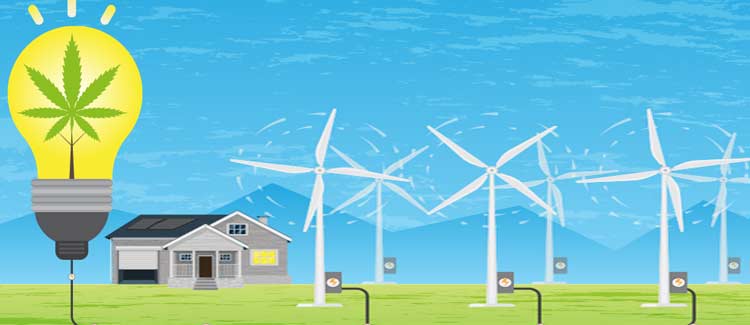The carbon footprint of growing weed

The cannabis industry in the US is worth almost $7 billion. However, this budding new industry is also taking a heavy toll on the environment.
As more states change their laws on cannabis and the general public opinion about its use changes, the discussion about cannabis’ carbon footprint is getting a lot more attention.
After all, with the effects of climate change so imminent, more people are wanting to know just how much of an impact America’s new cash crop is having on the environment.
UNDERSTANDING THE DEMAND FOR WEED

9 states plus Washington DC have legalized cannabis completely and a total of 29 states have medical marijuana programs. According to surveys from 2013 and 2014, some of the biggest markets for cannabis sales are California and Michigan, were roughly 4,633,000 and 1,304,000 people report using cannabis, respectively.
There is no doubt that the market for legal cannabis in the US is booming. Last year, the industry drew in roughly $6.7 billion US in legal sales, which was over 30% higher than sales in 2015. By 2021, the entire industry is expected to be worth over $20 billion US.
Given its fast and big growth, experts are comparing the growth of the cannabis industry to that of the dot-com boom, and even the cable TV and broadband industries in the 80s and 90s.
While there is always some uncertainty to new industries like this, one thing is sure; there is a huge demand for cannabis across the US. And, best of all, the supply to meet that demand is backed by big investors.
CANNABIS, CARBON EMISSION, AND THE ENVIRONMENT
So, it's obvious that there is a big demand for legal weed in the US and there is no shortage of businesses to meet that demand. However, despite all the rumours you may have heard about cannabis being a green-crop, it’s not. Growing, treating, and producing bud takes its toll on the environment. And that toll, unfortunately, is rather large.
Cannabis can be grown either indoors or outdoors. Both are legal in the US, depending obviously on the state and local laws. In California, for example, licensed growers can operate both indoors and outdoors while in Colorado, on the other hand, indoor grows are far more popular.
Here is how both indoor and outdoor cannabis growing affect the environment:
THE IMPACT OF OUTDOOR GROWING

California is estimated to produce roughly 60% of the nation's cannabis. With such high production, one doesn’t have to look too far to see the environmental impacts of growing cannabis in the area.
The Emerald Triangle is one of the most famous cannabis-growing areas in the world. Here, outdoor pot farms produce massive plants that can reach up to 5 metres tall and get so loaded with buds they physically cannot support their own weight.
These farms use up massive amounts of water to keep these plants healthy during the hot summer in California, a state that is in the middle of a drought. The development of roads in the area also leads to the erosion of soil and cloud streams, while the diversions of creeks threaten fish habitat and bring about toxic algal blooms.
Finally, illegal “guerrilla grows” are scattered far and wide throughout the area and bring with them toxic poisons designed to protect the plants from pests which actually end up endangering other mammal as well.
THE IMPACT OF INDOOR GROWING

So that covers outdoor growing. Unfortunately, the environmental impact of indoor cannabis growing isn’t much better.
A 2013 analysis of energy use in cannabis cultivation by the Washington State Liquor and Cannabis Board described cannabis as an energy-intensive product.[1] The analysis showed that producing roughly 1 kg of indoor cannabis buds required almost 4000 kilowatt hours. Producing the equal amount of aluminium, the paper writes, requires roughly 14 kilowatt hours.
A 2012 study found that marijuana production requires energy intensive practices, costing the US about $6 billion annually.[2] This study claimed that the production of 1kg of cannabis buds produces roughly 4600 kg of carbon dioxide emissions. This is about the same amount of emission produced by 3 million US cars, the paper writes.
In 2007, the Schatz Energy Research Center (SERC) at Humboldt State University in california found that indoor cannabis grows consumed roughly 10% of the nation’s electricity, which is enough to power roughly 13,000 American homes.[3] The center also found that some indoor growers consume almost 10,000 kilowatt hours of electricity in a single month, which is over 20 times more than an average household.
HOW CAN GROWERS IMPROVE?

One of the main problems associated with cannabis growing in the US is that the industry currently relies on fossil fuel energy. While growers could turn to renewable energy sources, doing so is expensive and often impossible without financing.
Many cannabis growers might also be put off by the risk of investing in such expensive equipment, given the uncertainty of the cannabis industry. After all, while you can get an ounce of Blueberry from a dispensary in Denver or San Diego, cannabis remains a federally controlled substance no matter what state laws say.
With no federal promise to legalize the substance anytime soon, the industry is haunted by an uncomfortable uncertainty.
However, that doesn't mean the industry is a lost cause for renewable energy reform. In Boulder County, Colorado, for example, licensed cannabis growers are required to either offset their energy usage with renewable energy credits or pay a surcharge per kilowatt hour which goes directly to the local Boulder County Energy Impact Offset Fund The fund uses its funds to help develop efficient lighting/ventilation systems and more.
A lot of news has focused on the fast growth of the cannabis industry, making it easy for readers to think that any company operating in the “cannasphere” is bringing in big bucks. But that isn’t necessarily the case.
While cannabis can be an extremely profitable business, it’s important to remember that businesses operating in this area have big outgoing costs, too. These costs generally come from taxes and compliance/regulatory fees the companies have to pay in order to legally operate in the industry.
When it comes to the US cannabis industry, it is important to remember that this business is still in it’s infancy. All new industries need time to grow, prosper, and then improve. In fact, many industries that have been around for centuries are also just beginning to improve their practices, and they don’t have the added legal challenges to deal with like the weed business does.
It goes without saying; cannabis production produces a lot of energy emissions and has a strong impact on the environment. Hopefully as the industry continues to grow and legalization efforts make it easier for businesses to operate, this will change in the near future to make room for a sustainable, profitable, and environmentally-friendly industry.
- ^ Washington State Liquor and Cannabis Board, Environmental Risks and Opportunities in Cannabis Cultivation, retrieved November-29-2018
Link - ^ Amazon S3, The carbon footprint of indoor Cannabis production, retrieved November-29-2018
Link - ^ Humboldt State Now, Schatz Lab Finds Indoor Grows Use Huge Amounts of Power, retrieved November-29-2018
Link




